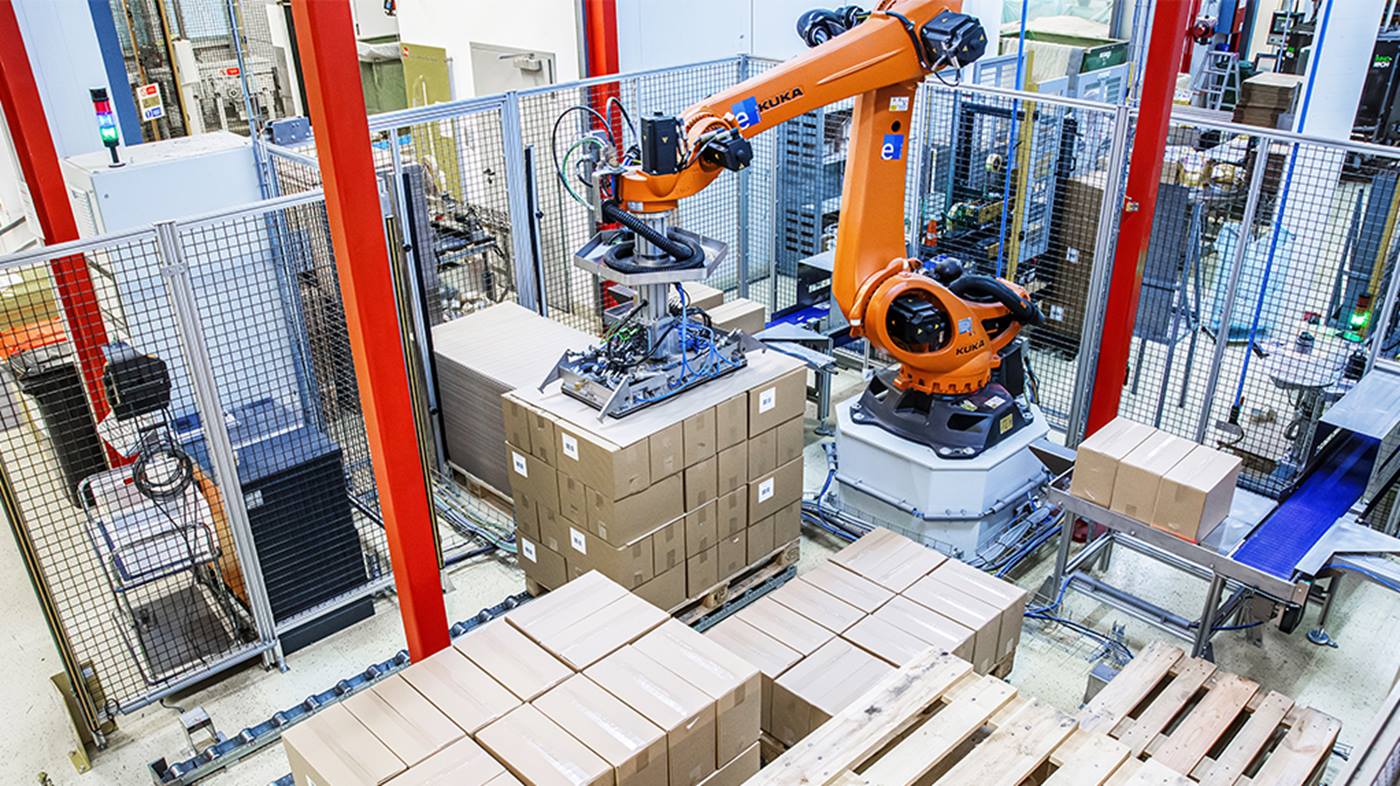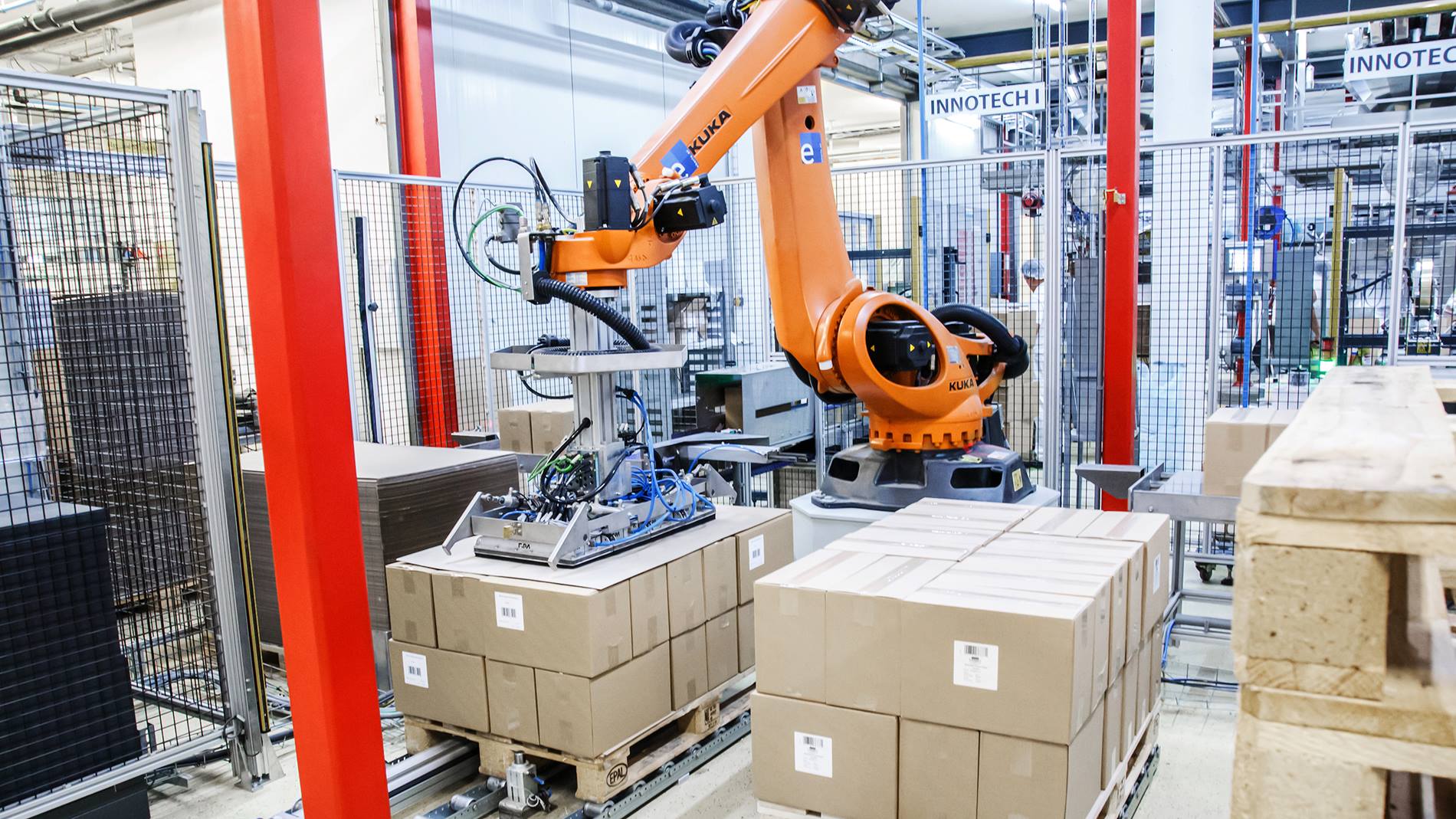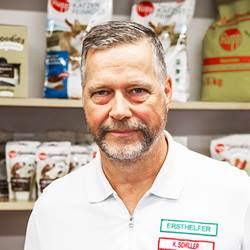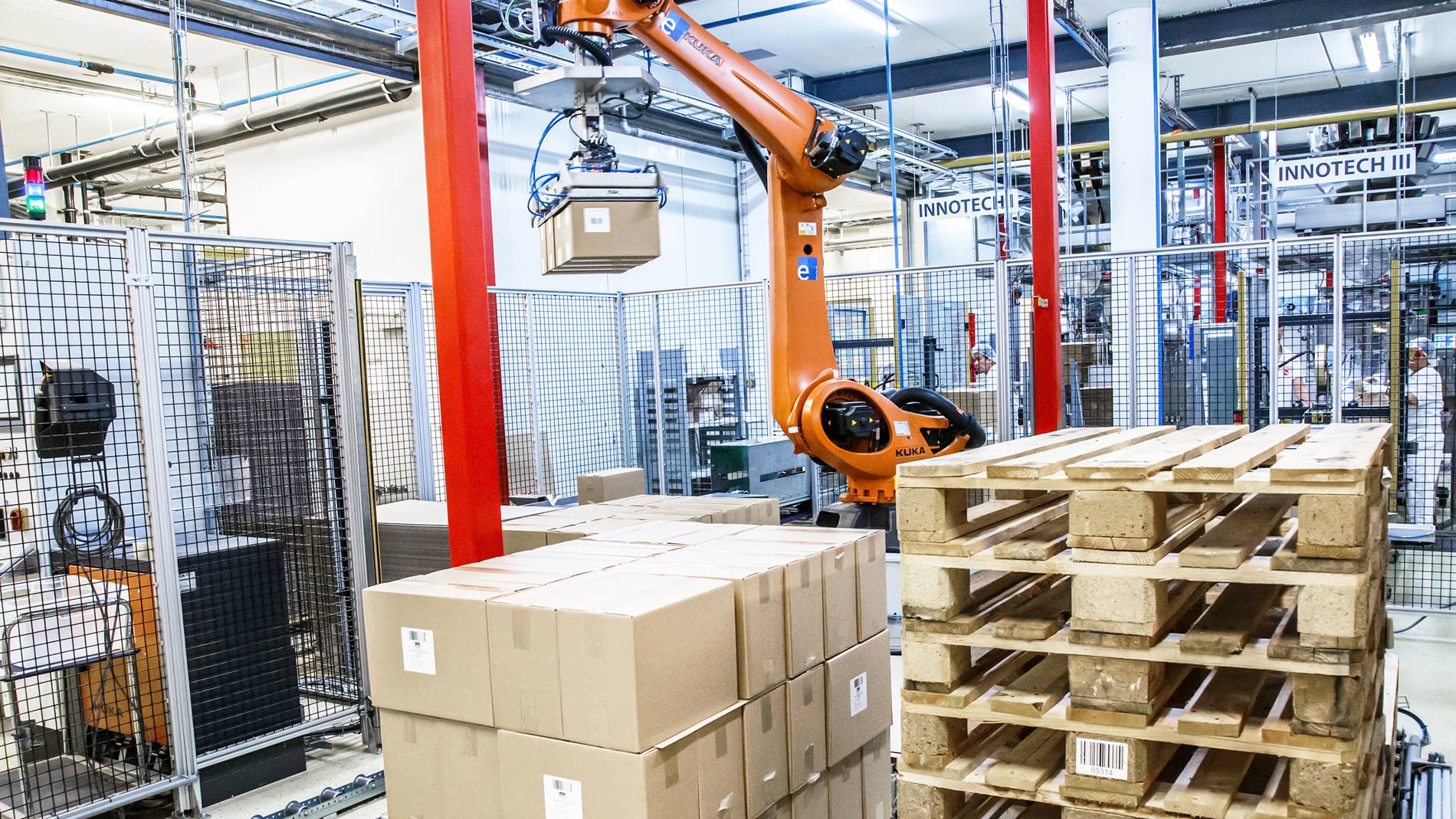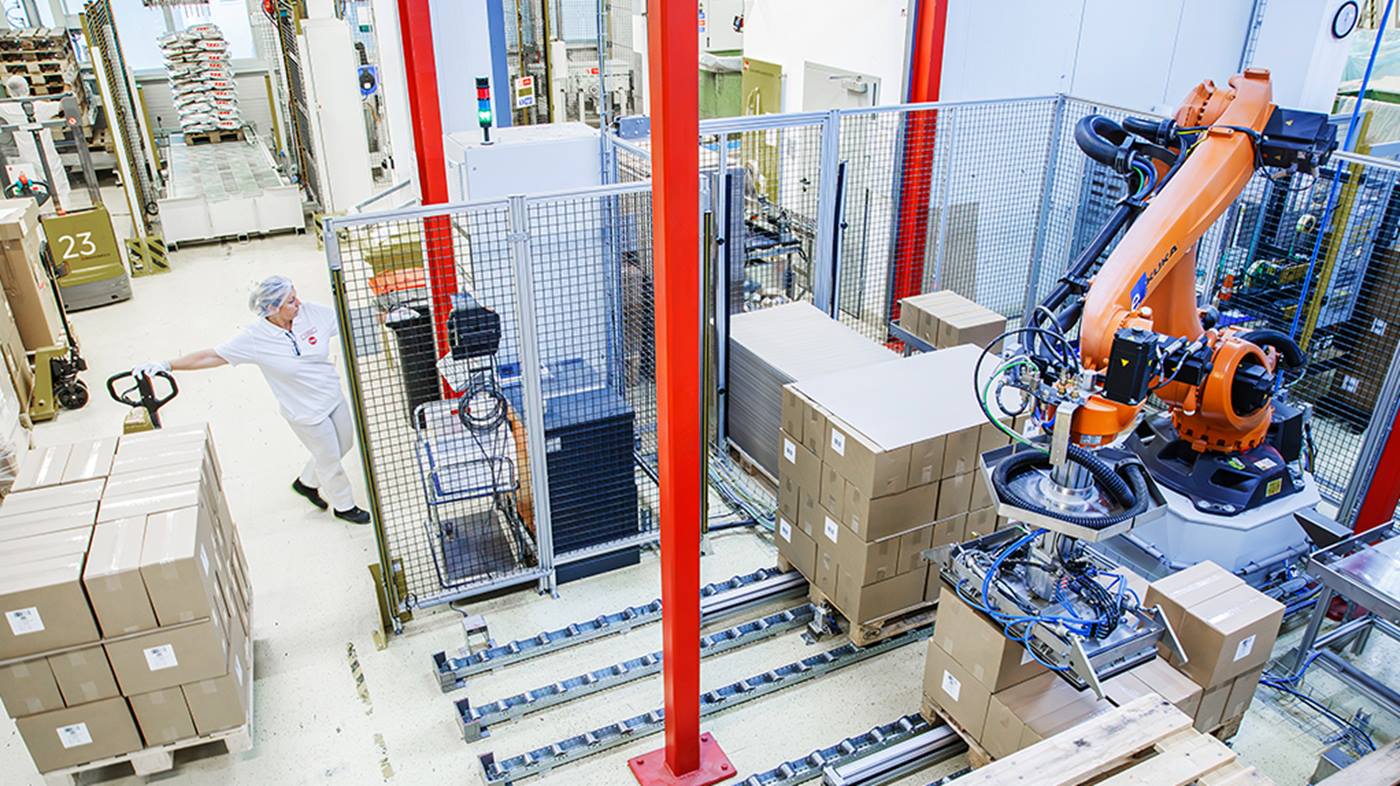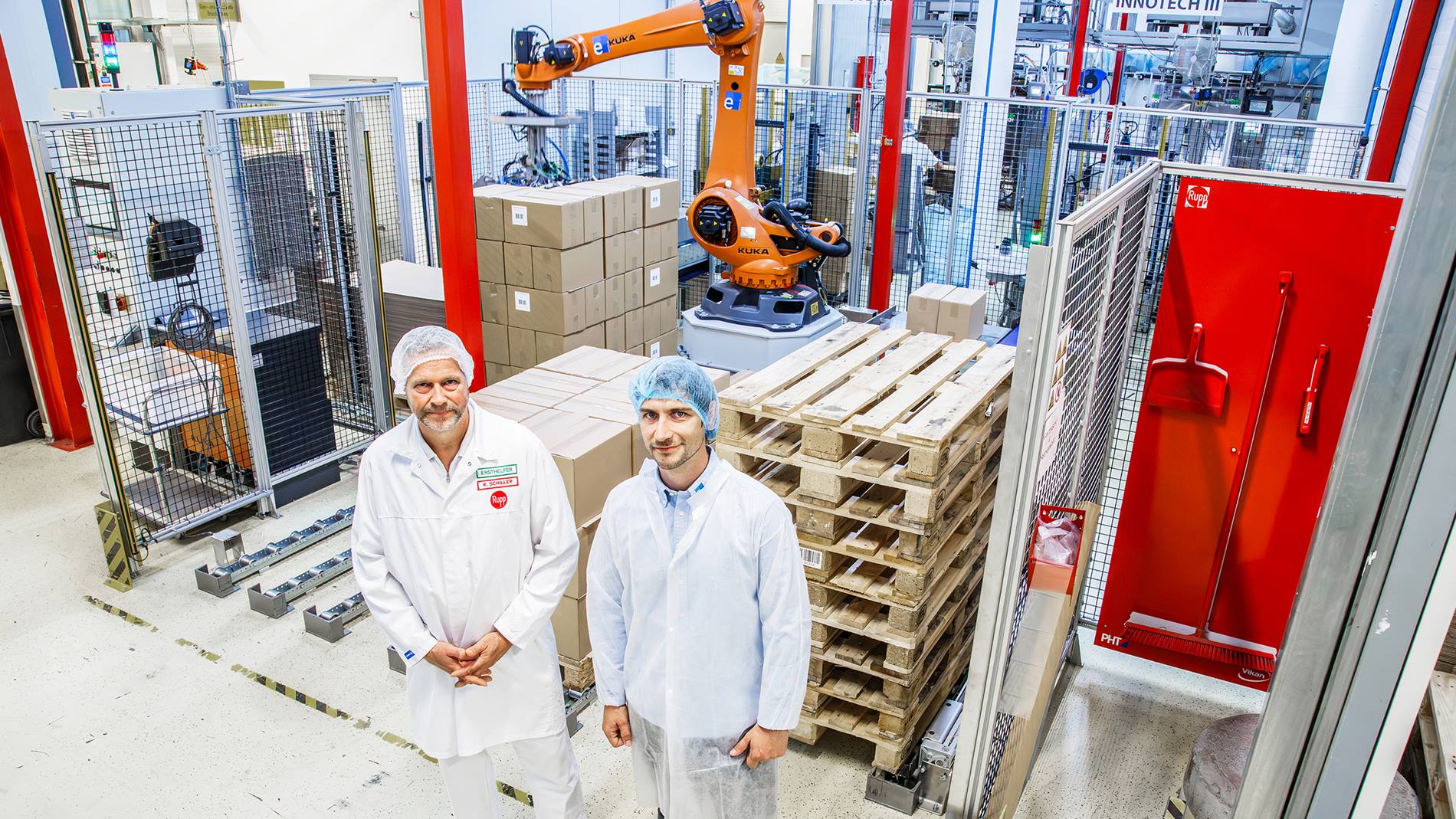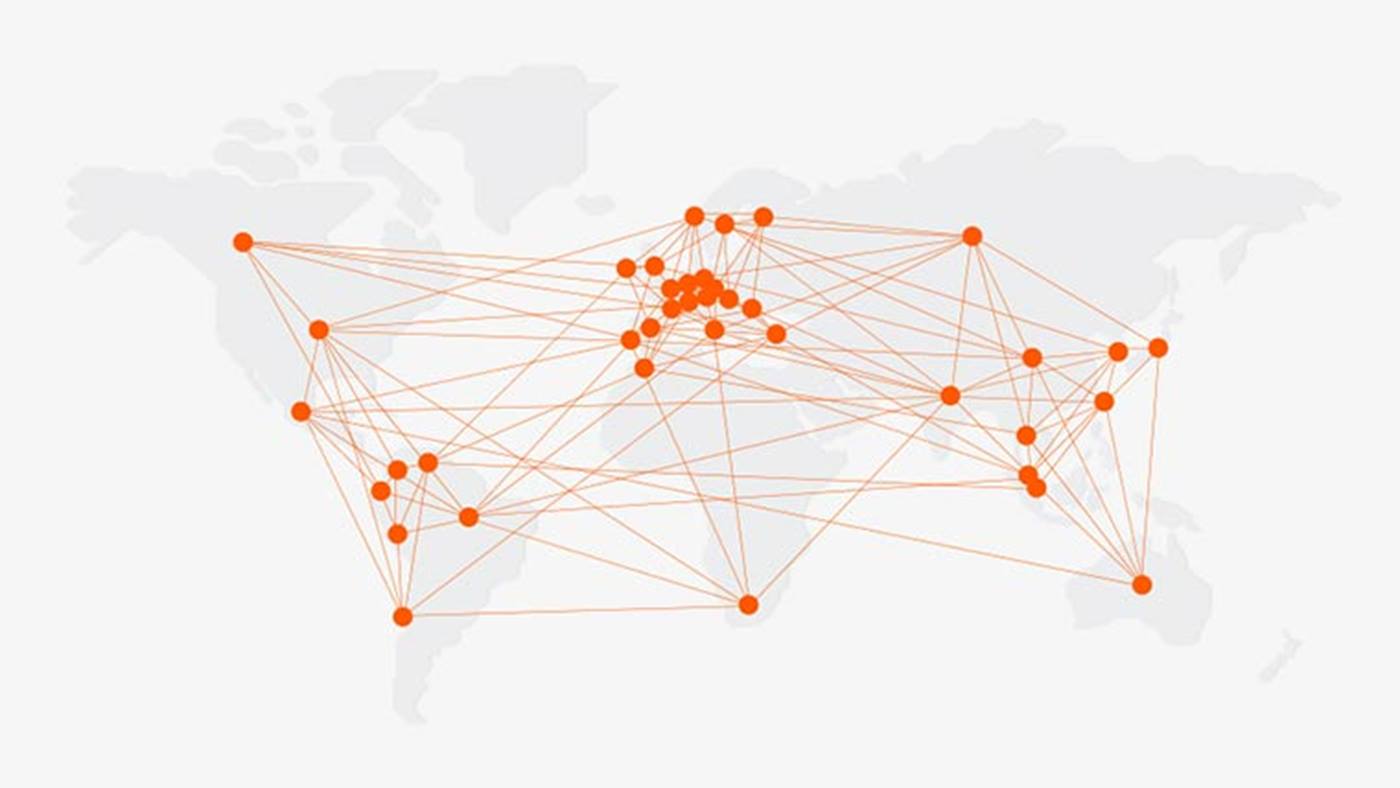Founded in 1918, Rupp Food Austria GmbH sees itself as a down-to-earth family company which has now been passed down to the fourth generation and which has specialised in the production of premium pet food and food since 1975. It is one of the largest producers in Europe with around 20,000 tonnes of pet food and cereal products leaving the site at Hörbranz on Lake Constance every year. "In addition to our own products, we produce predominantly dog and cat food for private label customers with around 150 employees. We also supply the wholesale trade and some commercial breeders," explains Klaus Schiller, COO of Rupp Food Austria.
To meet this demand, the pet food specialist has almost 800 different recipes which are constantly undergoing further development and improvement. "Of course, we also produce to precise customer specifications as required. That's why we work according to strict processes in compliance with all raw material specifications. Careful selection and inspection of raw materials, strict controls during processing, analysis performed by external laboratories and our in-house laboratory guarantee our high quality standards," the plant manager affirms.
"In order to remain competitive at the production site in Austria, automation of the separate work processes is inevitable," Schiller touches on the current labour shortage, even in Vorarlberg. A robot palletising cell, which is supplied with boxes from two separate tubular bag packaging lines and automatically arranges them on pallets, has been in use for a good four years, for example. "The primary reason for this investment was to relieve our employees of the need to lift heavy loads. Arranging boxes weighing up to 12 kg by hand simply isn't reasonable in the long term," says the plant manager.
Convincing overall concept
Rupp Food commissioned systems integrator Eberle from Dornbirn for the implementation of this automation project. "The overall concept that was proposed for our very limited space ultimately won us over completely when comparing providers. With their proximity to our site, Eberle were also able to guarantee us rapid service if needed," Schiller remembers. Eberle Automatische Systeme GmbH & Co KG from Dornbirn employs around 50 qualified specialists in the fields of electrical engineering, mechatronics and computer science and is broken down into the automation technology, image processing, IT and software divisions.
These partial layers, comprising a maximum of five boxes, are picked up by the robot using a vacuum gripper and arranged according to a pre-defined stack pattern in one of the two pallet spaces. The robot meets the required cycle time of 14 boxes per minute masterfully here and also carries out other tasks. In order to further improve the autonomy time of the cell and thus free up the system operator, the robot also moves Euro pallets from a pallet stack to one of the empty pallet spaces. "Up to 15 Euro pallets can be stacked on top of one another on the pallet stack. The height of the top pallet is determined using a laser sensor, the robot picks it up and places it in the empty pallet space," Muxel explains in detail. The KUKA robot also places thin intermediate layers between the box layers as required.
Clever gripper system and reliable operation
Eberle developed a clever, well thought out gripper system for this. The robot picks up Euro pallets with a clamping gripper, while the boxes or intermediate layers are gripped with a vacuum suction plate system. "In order to be able to reliably handle the different box sizes from 2 to 12 kg in various partial layers, as well as the intermediate layers, each of the four vacuum suction plates can be controlled individually," Muxel sums it up. A KUKA six-axis robot with a range of 3,200 mm was chosen in order to be able to cover the entire working area (layer preparation areas, palletising areas, intermediate layer space and Euro pallet space) effortlessly. The fully stacked pallets then travel to the collection point via roller conveyor system. "The operator is barely involved in the process. They just have to remove the completed pallet with a lift truck and make sure that the empty pallet stack is promptly refilled with Euro pallets," Schiller is satisfied.
After four years of using the palletising robot, Klaus Schiller is certain: "Implementing the current complex palletising solution with a wide range of products in extremely limited space was a major challenge. Eberle tackled it masterfully." The complete system was developed using a digital twin and put into operation in the digital model. "As a result, questions about ergonomics or accessibility can be checked in advance, for example, and faults can be detected at an early stage. Cycle time analyses are generated in collaboration with the customer or the user interface is tested in advance," Muxel emphasises. It is then also possible to get things up and running much more quickly for live operation.
Plan for expansion already in the pipeline
For the plant manager, there is no question that automation of the individual processes is absolutely essential in order for the Austrian production site to remain competitive. So he is already looking to the future: "The plan for expansion is already in the pipeline. Along with a warehouse expansion, a fully automated packaging line including automatic palletising will be put into operation in the new hall. The automation specialists at Eberle are sure to be out first port of call for this major project as well."

